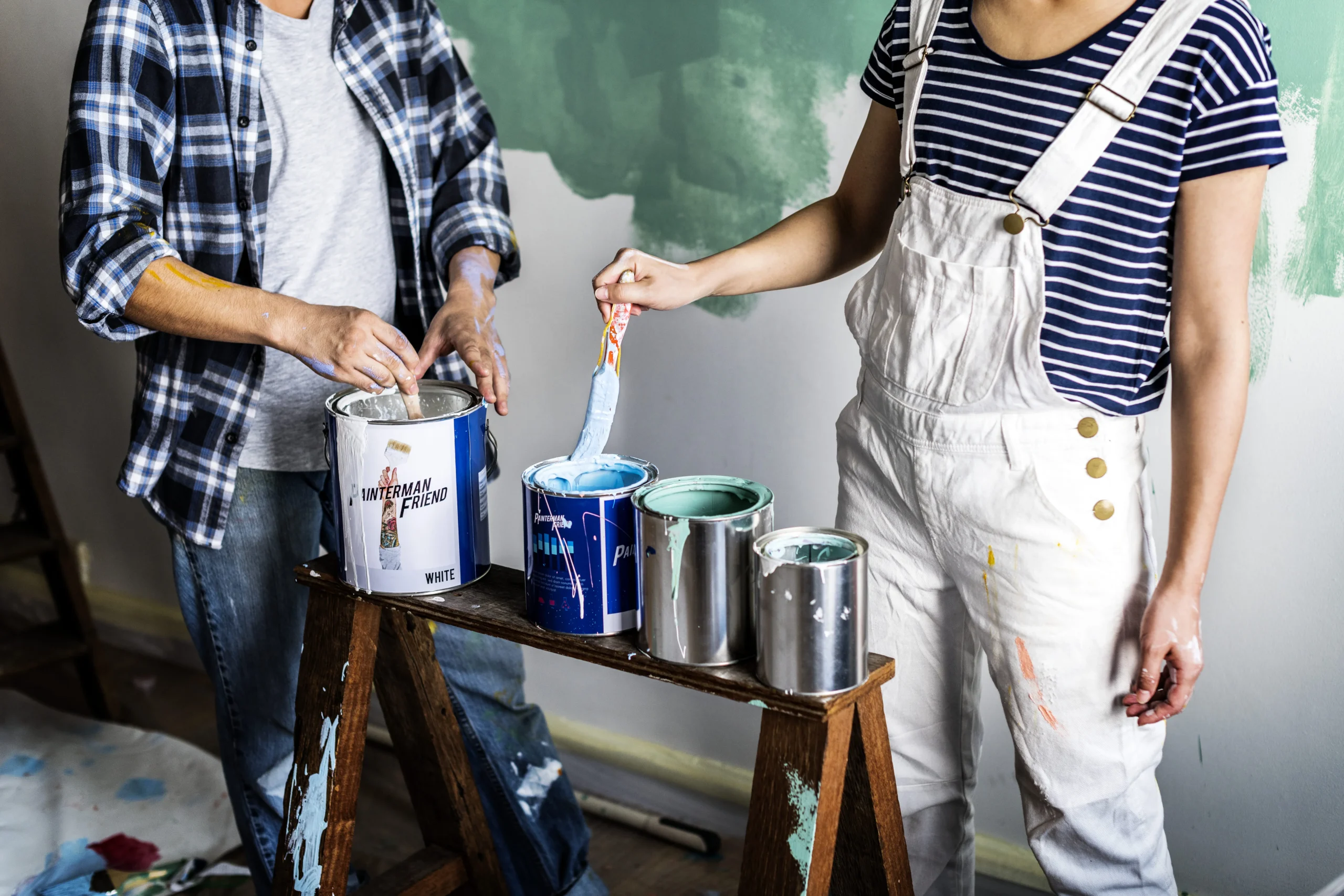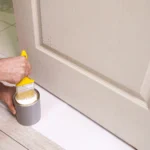Can You Mix Interior and Exterior Paint? A Complete Guide
Painting is a crucial aspect of home improvement, whether you are revamping your living room or giving your house exterior a fresh look. A common question that arises is: Can you mix interior and exterior paint? While it may seem like a simple way to use leftover paint and save money, mixing these two types of paint comes with several considerations. In this guide, we will explore whether it is possible to mix interior and exterior paint, the risks involved, and the best practices for achieving durable and high-quality results.
Read also: What Do You Call a Home Improvement Contractor?
Understanding the Difference Between Interior and Exterior Paint
Before diving into whether you can mix interior and exterior paint, it is essential to understand the differences between these two types of paint and how they are formulated for specific purposes.
1. Interior Paint
When it comes to transforming your living space, interior paint is like magic in a can! So, what exactly does “interior paint” mean? Simply put, it’s the special kind of paint designed for indoor walls and ceilings. But its uses go way beyond just covering up old colors or marks.
Interior paint can completely change the vibe of a room. Want to make your space feel cozy? Go for warm tones like soft yellows or earthy browns. Looking to create an energizing atmosphere? Bright blues and greens might be your best bet! Plus, a fresh coat of paint can even increase the value of your home—talk about a win-win!
Now, if you’re wondering how to paint interiors like a pro, it’s easier than you might think. Start by prepping your walls: clean them up and patch any holes. Then grab some painter’s tape to protect edges and trim before diving into the fun part—actually painting! Whether you’re rolling on that luscious color or using brushes for detailed work, just remember to take your time and enjoy the process. With a little effort and creativity, you’ll have beautiful walls that reflect your personal style in no time!
2. Exterior Paint
When it comes to sprucing up your home, exterior paint is a game-changer! So, what exactly is exterior paint? It’s specially formulated paint designed to withstand the elements, making it perfect for your home’s outer walls. The uses of exterior paint go beyond just aesthetics; it protects your house from weather damage, mold, and even pests. Plus, a fresh coat can significantly boost curb appeal and increase property value.
Now, if you’re wondering how to paint the exterior of your home like a pro, don’t fret! Start by prepping the surface—cleaning off any dirt or peeling paint is key. Then choose high-quality primer and paint that suits your style and climate conditions. Remember to pick a day with mild weather for optimal drying time. With a little patience and effort, you’ll have an eye-catching exterior that not only looks great but also stands up to whatever Mother Nature throws at it!
Can You Mix Interior and Exterior Paint?
While mixing interior and exterior paint is technically possible, it is not recommended for several reasons. Here’s why:
1. Differences in Formulation
Interior and exterior paints have different chemical compositions. Mixing them can lead to unpredictable results, such as uneven texture, poor adhesion, or rapid wear and tear.
2. Safety Concerns
Since exterior paint contains more VOCs and other chemicals designed for outdoor use, using a mixture indoors can release harmful fumes that affect air quality and pose health risks.
3. Durability Issues
Combining these paints can compromise the durability of both. The mixed paint may not adhere well to surfaces, leading to peeling, cracking, or fading much faster than expected.
4. Inconsistent Finish
Each type of paint has specific properties for finish and sheen. Mixing them can result in an uneven or undesirable look, especially under different lighting conditions.
When Is It Okay to Mix Interior and Exterior Paint?
There are very few scenarios where mixing these two types of paint might be acceptable. If you still choose to mix them, keep these conditions in mind:
- For Temporary Projects: If you are working on a short-term project like a DIY craft or seasonal decoration, mixing the paints might not have significant consequences.
- For Outbuildings or Sheds: If you are painting a structure that doesn’t require long-term durability, such as a backyard shed or temporary wall, you may be able to use a mix.
- Using Small Amounts: If you are only blending small quantities for touch-ups or minor patches, the impact may not be as severe.
Best Practices for Painting Indoors and Outdoors
Instead of mixing interior and exterior paint, it is best to use the right type of paint for each specific project. Here’s how you can ensure the best results:
1. Choose the Right Paint for the Job
- Use interior paint for walls, ceilings, and furniture inside your home.
- Use exterior paint for surfaces exposed to weather, such as fences, siding, and outdoor furniture.
2. Prepare the Surface Properly
- Clean the surface thoroughly to remove dirt, grease, and debris.
- Use primer for better adhesion, especially on porous or previously painted surfaces.
- Ensure proper ventilation when working with exterior paint indoors.
3. Select the Right Paint Finish
- Flat or matte finishes are great for ceilings and low-traffic areas.
- Satin and eggshell finishes work well for interior walls with moderate traffic.
- Semi-gloss and gloss finishes are ideal for high-moisture areas like kitchens and bathrooms.
- Exterior paints often have satin or gloss finishes to resist dirt and moisture.
4. Apply the Paint Correctly
- Use high-quality brushes and rollers for a smooth application.
- Allow adequate drying time between coats.
- Avoid painting in extreme weather conditions if working outdoors.
Frequently Asked Questions (FAQs)
1. Can I use exterior paint indoors?
It is not recommended due to the higher VOC levels and strong fumes. If you must, ensure proper ventilation and allow the paint to cure completely before occupying the space.
2. Can I use interior paint outside?
No, interior paint is not designed to withstand weather conditions and will quickly deteriorate when exposed to the elements.
3. What happens if I accidentally mix interior and exterior paint?
The resulting paint may not adhere well, could have an uneven finish, and may not provide the intended durability. If you have already mixed them, use the paint only for small, low-risk projects.
4. Can I seal interior paint to make it weather-resistant?
While you can apply a sealant or topcoat, it will not provide the same level of protection as exterior paint. If you need durability, it is best to use the correct type of paint from the start.
Conclusion
So, can you mix interior and exterior paint? Technically, yes, but it is not advisable due to differences in formulation, safety risks, and durability concerns. Instead, always use the right type of paint for your specific project to achieve the best and longest-lasting results.
By following best practices and choosing high-quality paints, you can ensure a successful painting project, whether you’re enhancing your interior walls or protecting your home’s exterior. Always remember: the right paint in the right place makes all the difference!







